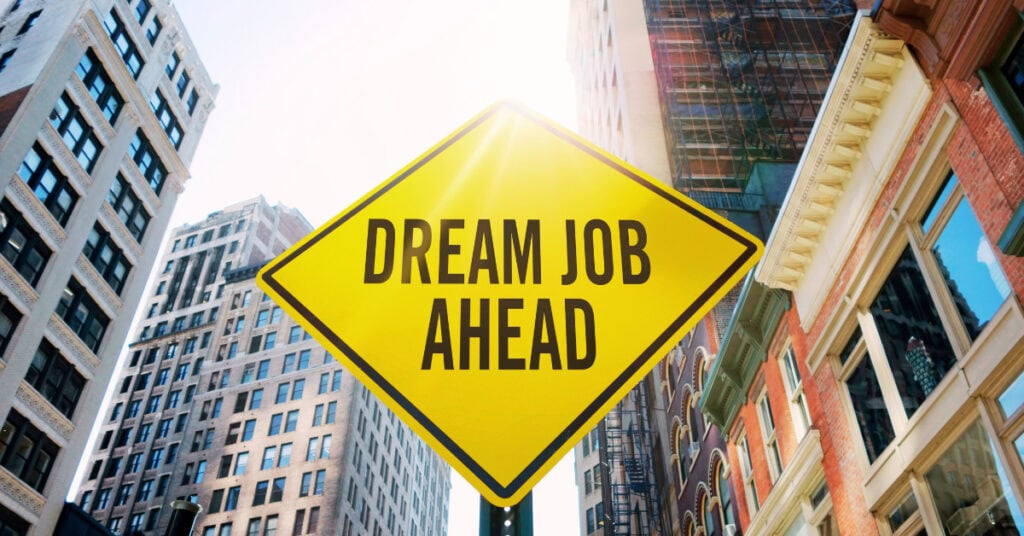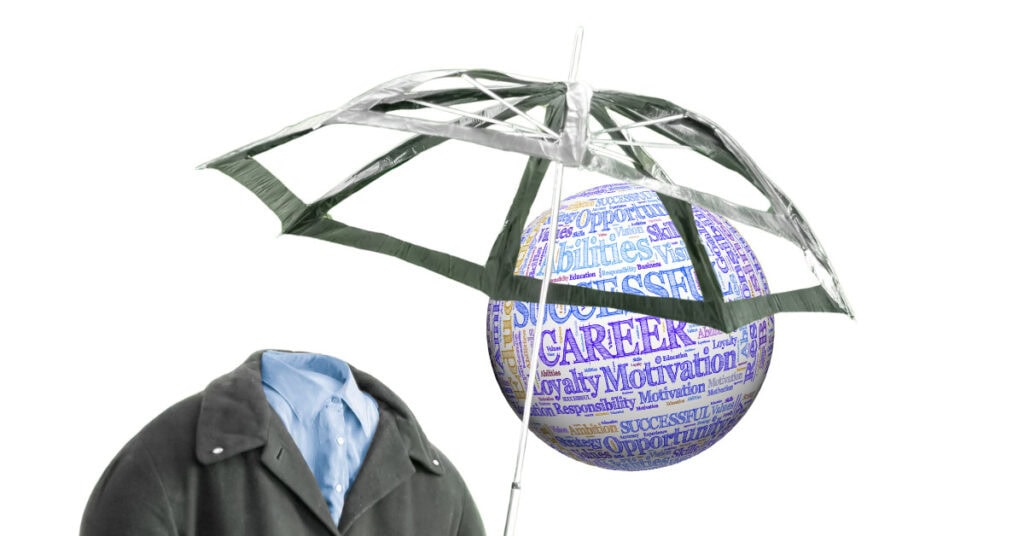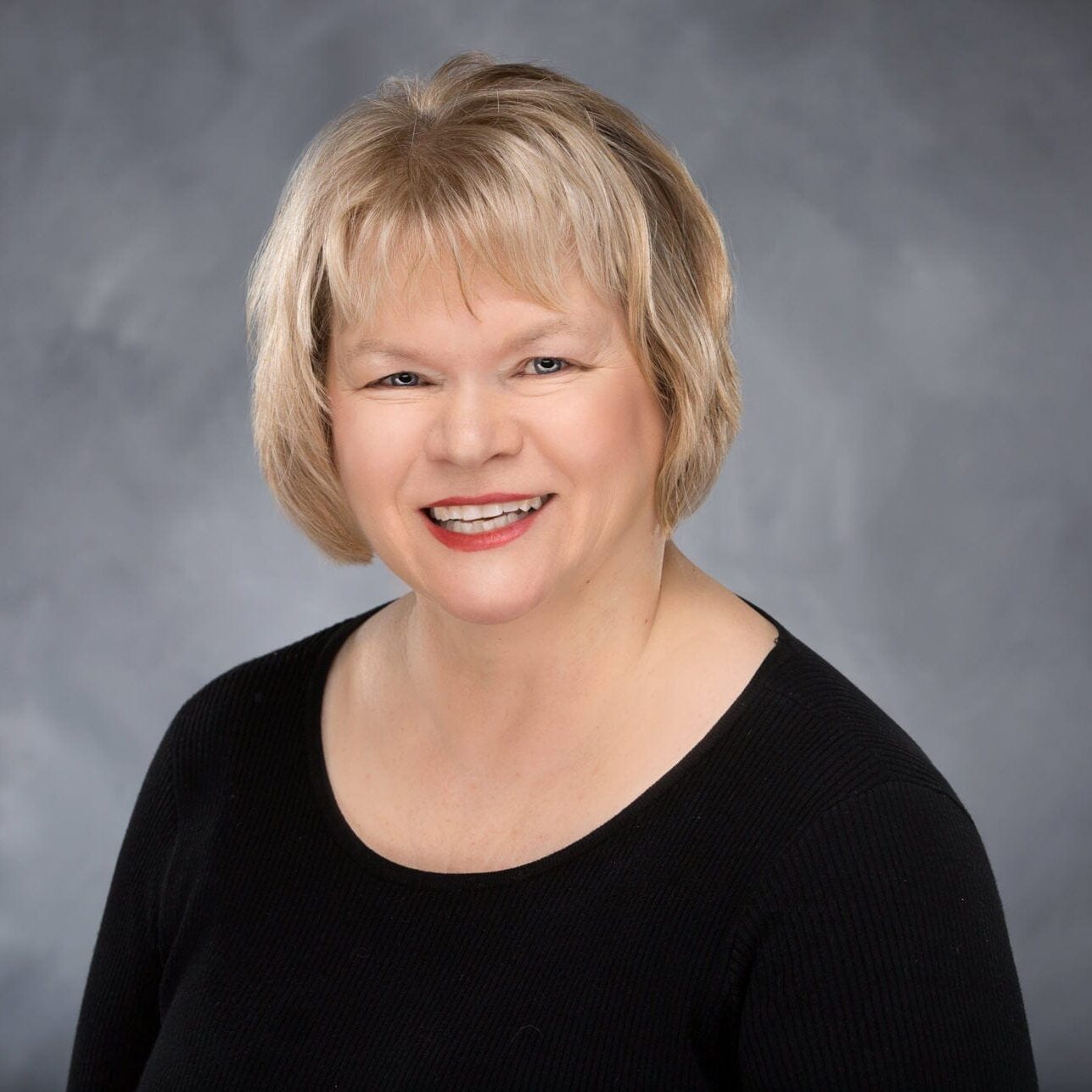How far should my resume go back?
As I work with executive resume clients as well as non-executive clients, they often ask “How far should my resume go back?”
Over time your job experience grows, and it is natural to want to make sure that nothing is missed. On the other hand, people are often conflicted by the bad advice they were given or read about resume length.
My new clients often wonder about the one-page resume, especially when I show my samples of 2- and 3-page resumes as well as a remarkably successful 4-page resume that I throw in the samples during our project roadmap session.
How far should my resume go back?
The answer is long enough to tell your story. A few years ago, I worked with Coca-Cola executives. Many of them had started their career there in the late 1990’s. I chose to leave the entire span in the resume but only speak extensively about the major roles.
Resume writers differ on what to do in this case. My sense is that hiring managers are not as worried about that long span if they can see value in the resume stories.
- Does the resume story illustrate contemporary skills applicable to today’s business world?
- Or is the story telling ancient history about skills the job seeker cannot use in today’s market?
How far should my resume go back if I worked at multiple companies?
This changes the equation. My answer is the typical resume lookback is 10 to 15 years. This positions us in 2020 at 2005 and 2006 in 2021 at the 15-year mark.
The objective is still to tell your story with vibrant, results-focused details again having value in today’s market. Remember your resume is not a job description but a sales and marketing tool designed to interest the reader in your talents enough to call you for the interview.
It doesn’t need every job you ever held, nor does it need an extensive history. My resume samples help illustrate this point.
Questions you should ask yourself when writing your resume
- What is your target? Your resume is not a one size fits all. You need to be specific in where you want to go before you write the resume.
- Does the resume tell my story for my resume target? (the job you want)
- Are your skills viable in today’s market?
- Have you quantified your value with illustrations of how you helped the company?
How far should my resume go back is your personal question. I can help you answer the question when you work with me. As your writer, coach, teacher, and trainer in my personalized and interactive Design Resumes business model, we work together to answer your questions and position you for success. Contact me.
Design Resumes Free Job Search Tips by email
Tips on LinkedIn, Resumes, and Job Search to help you better navigate your career journey
Resume Design and Job Seeking Tips
Here are Design Resumes' latest articles on job search, resume design, resume writing, and Linkedin optimization articles I've written.
Julie Walraven
Professional Resume Writer
Here are ways I can help you land your dream job.
You may be halfway across the country or the world. When you work with me, we share coffee, laughs, and concerns. This turns the scary job search into creative, consultative writing and learning sessions.





